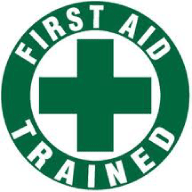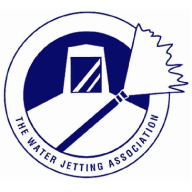Gully Repairs & Traps
Whatever the type of surface water fitting at your home, we can repair it.
Drainage gullies are key components in your drainage system, helping wastewater to enter the sewer system attached to your home. Without regular maintenance, you might require drainage gully repairs to get your system working efficiently.
What is a drain gully?
Domestic drainage gullies can be used to drain surface water, water from your guttering and grey wastewater from your kitchen sink, washing machine or shower, into the appropriate drain. Typically they are comprised of a grate to stop debris from entering the drain and a trap for the water.
How drain gullies get blocked
Drain gullies can become blocked by leaves, twigs or stones that enter the drain or cover the grate. Gullies can also become blocked by a build-up of fatty deposits and food that have entered the drainage system via the kitchen sink and that build up over time to cause a blockage.
Regular gully maintenance
Regular gully maintenance can prevent the need for gully repairs further down the line. Checking your gullies regularly and clearing debris (especially before a rainy season) can keep a smooth flow of water into the main sewer line. Clearing the debris regularly, especially easy to clear debris blocking the grate, is often enough to maintain your gullies.
Emergency gully repairs
If you notice backflow or flooding of surface or wastewater from your gully, and you haven’t been able to clear the blockage, then contact J&F Drainage to arrange a visit from one of our drainage specialists.
Types of drain gullies
Yard Gully
Also known as a Bottle Gully, a Compact Gully or a Universal Gully. ‘Access Gully’, if they permit rods to be inserted into the drain. Most gullies of this type are trapped, often by means of a baffle plate that is removable in some models.
P-trap and hopper
This is a simple arrangement more commonly used with rainwater pick-ups (downspouts) than for draining large areas of paving.
Rest bend and hopper
This set-up is not trapped and is therefore only suitable for connection to a surface water system, not to a foul or combined system.
A direct connection
Again, this uses a rest bend with an adaptor coupling used to connect the downspout directly to the sub-surface system.








